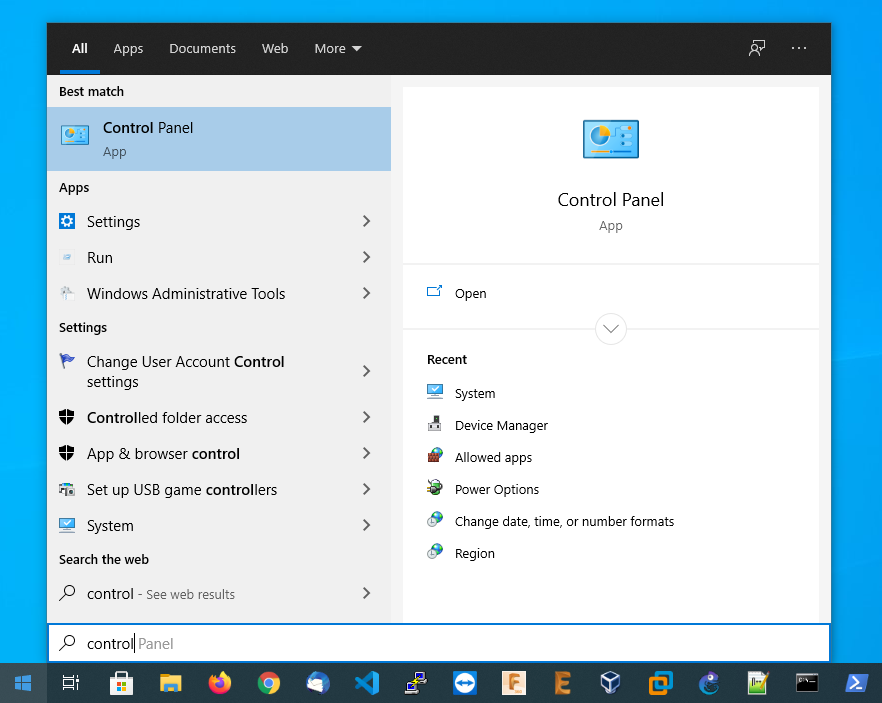Remote Desktop Protocol (RDP) has become an essential tool for users who need secure, efficient remote access to their computers. With the growing popularity of Raspberry Pi, many users are seeking ways to leverage this powerful single-board computer as an RDP client without spending extra money. In this comprehensive guide, we’ll explore everything you need to know about using Raspberry Pi as a free RDP client.
Raspberry Pi has gained immense popularity among tech enthusiasts, hobbyists, and professionals alike. Its versatility, affordability, and open-source nature make it an ideal platform for various applications, including remote desktop solutions. In this article, we'll delve into how you can set up Raspberry Pi as a free RDP client, enabling you to connect to remote computers seamlessly.
Whether you're a beginner or an advanced user, this guide will provide step-by-step instructions, tips, and best practices to ensure a smooth setup process. By the end of this article, you'll have all the knowledge required to configure your Raspberry Pi for remote desktop access, saving both time and money.
Read also:Asher Grodman Husband The Life Love And Legacy Of A Prominent Figure
Table of Contents
- Introduction to Raspberry Pi RDP Client
- Benefits of Using Raspberry Pi as an RDP Client
- How to Set Up Raspberry Pi as an RDP Client
- Recommended Software for Raspberry Pi RDP
- Security Considerations for RDP on Raspberry Pi
- Troubleshooting Common Issues
- Comparison with Paid Solutions
- Performance Optimization Tips
- Use Cases for Raspberry Pi RDP Client
- Conclusion and Next Steps
Introduction to Raspberry Pi RDP Client
Understanding Raspberry Pi
Raspberry Pi is a series of small, affordable single-board computers developed by the Raspberry Pi Foundation. Initially designed for educational purposes, Raspberry Pi has evolved into a versatile platform for hobbyists, developers, and professionals. Its compact size and low power consumption make it ideal for various applications, including remote desktop solutions.
What is RDP?
Remote Desktop Protocol (RDP) is a proprietary protocol developed by Microsoft that allows users to remotely access and control another computer over a network. RDP is widely used in businesses and homes for remote work, troubleshooting, and system management. By leveraging Raspberry Pi as an RDP client, users can enjoy the benefits of remote access without the need for expensive hardware.
Why Use Raspberry Pi as an RDP Client?
Using Raspberry Pi as an RDP client offers several advantages, including cost-effectiveness, flexibility, and ease of use. With the right software and configuration, Raspberry Pi can provide a seamless remote desktop experience, making it an excellent choice for both personal and professional use.
Benefits of Using Raspberry Pi as an RDP Client
There are numerous reasons why Raspberry Pi is an excellent choice for remote desktop applications. Below are some of the key benefits:
- Cost-Effective: Raspberry Pi is significantly cheaper than traditional desktops or laptops, making it an affordable option for remote access.
- Energy Efficient: Raspberry Pi consumes very little power, making it suitable for long-term use without high electricity costs.
- Customizable: Raspberry Pi's open-source nature allows users to tailor the setup to their specific needs, ensuring maximum efficiency and functionality.
- Compact and Portable: Its small form factor makes Raspberry Pi easy to transport and set up in various environments.
- Community Support: The Raspberry Pi community provides extensive resources, tutorials, and support, making it easier for users to troubleshoot and optimize their setups.
How to Set Up Raspberry Pi as an RDP Client
Step 1: Gather Necessary Hardware
Before setting up Raspberry Pi as an RDP client, ensure you have the following components:
- Raspberry Pi (any model with sufficient processing power)
- MicroSD card with pre-installed Raspberry Pi OS
- Power supply
- Keyboard and mouse (optional)
- HDMI monitor or TV (optional)
- Network cable or Wi-Fi connection
Step 2: Install Raspberry Pi OS
Raspberry Pi OS is the official operating system for Raspberry Pi devices. To install it:
Read also:Shanin Blake Fans A Comprehensive Guide To The Rising Star And Her Impact
- Download the Raspberry Pi Imager from the official website.
- Insert a blank MicroSD card into your computer.
- Launch the Raspberry Pi Imager and select the latest version of Raspberry Pi OS.
- Write the image to the MicroSD card and insert it into your Raspberry Pi.
Step 3: Configure RDP Software
Once Raspberry Pi OS is installed, you can configure the RDP client by following these steps:
- Open the terminal on your Raspberry Pi.
- Install the necessary software using the command:
sudo apt-get install xrdp. - Reboot your Raspberry Pi using the command:
sudo reboot. - Access the remote computer by entering its IP address in the RDP client interface.
Recommended Software for Raspberry Pi RDP
Several software options are available for setting up RDP on Raspberry Pi. Below are some of the most popular choices:
- xRDP: A popular open-source RDP server that allows users to connect to Raspberry Pi from Windows, macOS, or Linux.
- Remmina: A versatile remote desktop client that supports RDP, VNC, SSH, and other protocols.
- RealVNC Viewer: A powerful remote access tool that offers seamless integration with Raspberry Pi.
Each of these options has its own strengths and weaknesses, so it's essential to choose the one that best suits your needs.
Security Considerations for RDP on Raspberry Pi
While RDP provides convenient remote access, it's crucial to implement proper security measures to protect your data and devices. Below are some security best practices:
- Use Strong Passwords: Ensure all user accounts have strong, unique passwords to prevent unauthorized access.
- Enable Firewall: Configure the firewall to restrict access to only trusted IP addresses.
- Update Regularly: Keep your Raspberry Pi OS and RDP software up to date to protect against vulnerabilities.
- Enable Two-Factor Authentication (2FA): Add an extra layer of security by requiring a second form of verification.
Troubleshooting Common Issues
Even with careful setup, you may encounter issues when using Raspberry Pi as an RDP client. Below are some common problems and their solutions:
- Connection Refused: Ensure the RDP service is running and the IP address is correct.
- Slow Performance: Optimize network settings and reduce graphical effects for better performance.
- Authentication Errors: Verify username and password, and ensure the correct domain is specified.
Comparison with Paid Solutions
Cost
Free RDP solutions like xRDP and Remmina are significantly cheaper than paid alternatives, making them ideal for budget-conscious users.
Features
Paid solutions often offer advanced features such as multi-monitor support, file transfer, and enhanced security options. However, free solutions like xRDP provide sufficient functionality for most users.
Support
Paid solutions typically include dedicated customer support, while free solutions rely on community forums and documentation.
Performance Optimization Tips
To ensure optimal performance when using Raspberry Pi as an RDP client, consider the following tips:
- Use a Wired Connection: A wired Ethernet connection provides more stable and faster performance compared to Wi-Fi.
- Disable Unnecessary Services: Turn off unused services and applications to free up system resources.
- Adjust Graphics Settings: Lower the screen resolution and disable animations to improve performance over slow connections.
Use Cases for Raspberry Pi RDP Client
Raspberry Pi RDP clients have a wide range of applications across various industries. Below are some common use cases:
- Remote Work: Employees can access their office computers from home using Raspberry Pi as an RDP client.
- System Administration: IT professionals can manage remote servers and devices efficiently.
- Education: Schools and universities can provide students with remote access to lab computers for learning purposes.
Conclusion and Next Steps
In conclusion, using Raspberry Pi as a free RDP client offers numerous advantages, including cost-effectiveness, flexibility, and ease of use. By following the steps outlined in this guide, you can set up a reliable remote desktop solution that meets your needs.
We encourage you to share your thoughts and experiences in the comments section below. Additionally, feel free to explore other articles on our website for more tips and tutorials on Raspberry Pi and related technologies. Together, let's make the most of this incredible platform!
For further reading, check out the following resources:

